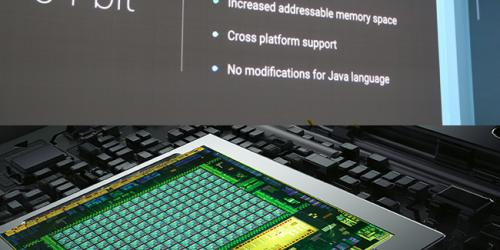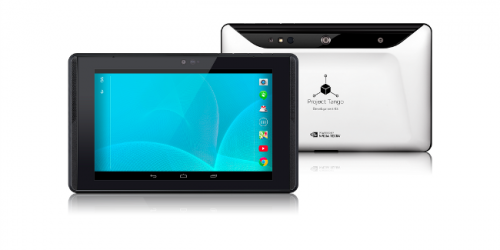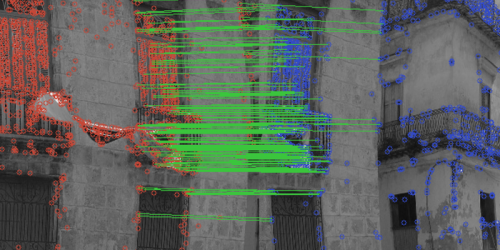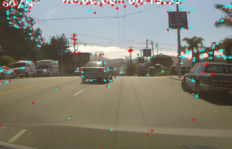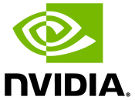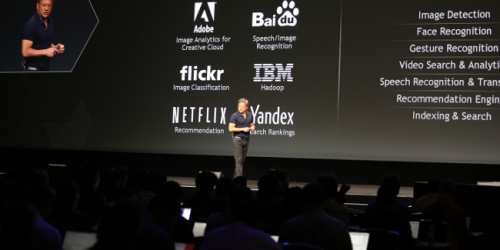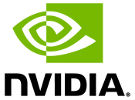It’s Tegra K1 Everywhere at Google I/O
This article was originally published at NVIDIA's blog. It is reprinted here with the permission of NVIDIA. You couldn’t get very far at Google I/O’s dazzling kickoff today without bumping into our new Tegra K1 mobile processor. The keynote showed off Google’s new Android L operating system’s gaming capabilities on a Tegra K1 reference device. […]
It’s Tegra K1 Everywhere at Google I/O Read More +

